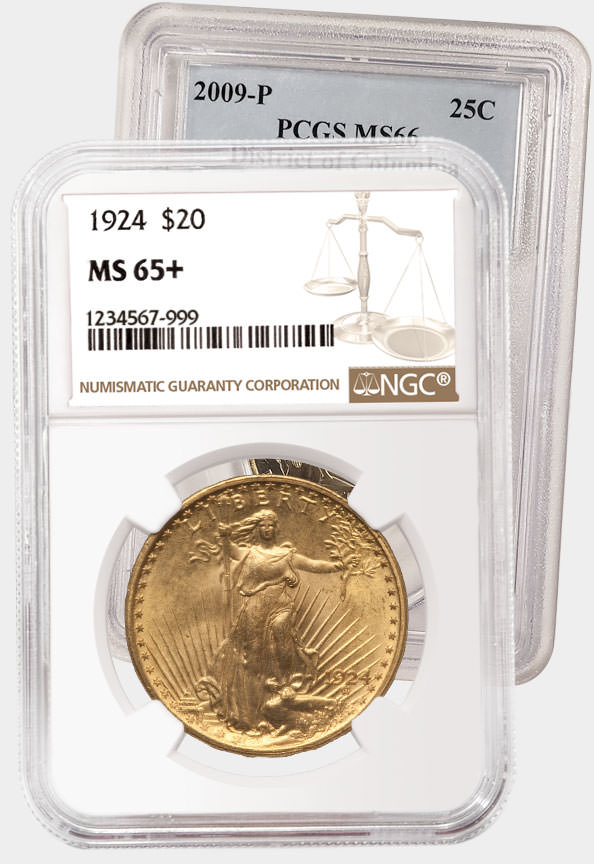United States commemorative coins had been approved for previous Olympic Games in 1984, 1988 and 1992, and the sale of such pieces was viewed by Congress as a painless way of funding the training of America's athletes. For those promoting the 1996 Centennial Olympic Games in Atlanta, coin collectors evidently were seen as a cash cow that could be milked endlessly. Despite marketing surveys conducted by the coins' backers in which collectors expressed their reluctance to buy an extensive series of commemoratives for a single occasion, a bill was approved by Congress authorizing the most complex and expensive program before or since. The law authorized the minting of no less than 16 different coins for the same event. Each of these would be minted in the usual uncirculated and proof editions, making for a total of 32 issues in all. As is this weren't enough to discourage sales of each coin type, it was determined that common reverse designs would be used for each of the three denominations, though the splitting of the series' mintages over two calendar years, 1995 and 1996, would provide for a change in these common reverses from one year to the next. Authorized for 1995 were two copper-nickel-clad half dollars, four silver dollars and two gold half eagles. This same line-up would be minted in 1996, too. Themes for the 1995 halves included basketball and baseball. The silver dollars honored gymnastics, paralympics, track and field and cycling. Half eagles were minted that showed the Olympic Torch runner and the Atlanta Stadium. The common reverse for the 1995 halves featured a globe of the world with the Atlanta Centennial Olympics logo at its center. Seen on each of the 1995 silver dollars is a pair of grasped hands beneath the centennial logo. A strident American eagle dominates the common reverse for the 1995 half eagles. A similar line-up was prepared bearing the date 1996. That year's half dollars honored swimming and soccer, respectively, while themes for the silver dollars included tennis, rowing, high jump and paralympics. The torch bearer lights the Olympic flame brazier on the first half eagle of 1996, while the second issue portrays an American athlete carrying the national flag and leading his team in the parade of nations. The common reverses chosen for 1996 are all quite bland, consisting solely of the Centennial Olympics logo, text and a few other supporting elements. All of the half dollars, regardless of finish, were coined at the San Francisco Mint. The production of silver dollars was divided between Denver (uncirculated) and Philadelphia (proof). As was customary for most gold commemoratives, both editions of the half eagles were minted at West Point. With so many coins from which to choose, collectors were understandably selective about their purchases. Most of the obverse designs are average, at best, the reverse types abysmal. In general, the 1995 coins sold better than the 1996 series, despite inclusion of the half dollars in 1996's Prestige Proof Set. International sales undoubtedly contributed toward salvaging what could have been a complete disaster, but it's still likely that the U. S. Mint failed to recover its costs of modeling and die making for some of the poorest selling issues. There are some real rarities in this program, particularly among the always less popular uncirculated strikes.







